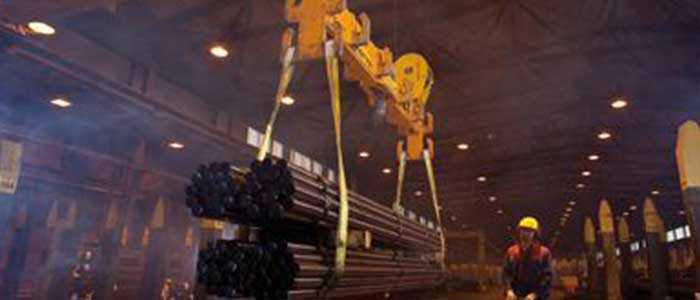
Overhead crane loading lifting protection would be more effective in making a safe work environment than all of the rest of the crane and hoist rules added together.
“Thou shall have overhead crane overload protection on all lifting devices.”
There it is, just nine words. You may have thought that a mechanical or electrical device to prevent the overhead crane operator from lifting loads in excess of the safe capacity was already required, but it’s not!!!
Not in OSHA, not in CMAA (Crane Manufacturers Association of America), not in HMI (Hoist Manufacturers Institute)…nowhere. Worse yet, it is such a common sense idea, most overhead crane and hoists buyers just assume that when they insist that their equipment be OSHA and/or CMAA compliant, it will meet this most rudimentary requirement. Well it’s not. Yes, there are rules that prohibit you from lifting loads in excess of the rated capacity of the overhead crane, but no rules that require this to be built into the overhead crane.
I have even met a few buyers that insist that they don’t need overload protection, because they never get loads that exceed the rated capacity of their overhead crane or hoist. Although they may never get larger loads, they do get that one trucker that forgets to take off all the chains or the lathe operator that forgets to un-chuck the shaft. Next thing you know, they are lifting the whole lathe.
Bottom line is it’s up to you. Make sure to write into all your purchasing specs that “Overload” protection is required on all new lifting equipment. If the seller says OSHA doesn’t require it, tell them that you do!
The topic of the day is a particular type of “overload protection”, that involves overhead cranes with two hoists. We frequently are asked to supply an overhead crane that has two hoists for flipping dies. In this case either hoist may be required to lift the full load, lets say 5 tons, but never will the sum total of the lift be 5 tons. In other words, we have to supply a 5 ton overhead crane with two 5 ton hoists. This may sound like a ticking time bomb, but with modern controls, there is an easy and economical answer.
Most hoist manufacturers and several third party after market control manufacturers now supply a small control system that is installed into the hoist control panel that constantly sums the total weight lifted by the two hoists. With this, either hoist can lift the full 5 tons or can share the 5 tons in any combination. As long as the aggregate total does not exceed the 5 ton load limit. the units operation is totally transparent, but in the event 5 tons is exceeded, the hoist will cease to lift and only operate in the down direction.
Contact us for more information on overhead crane and overhead crane overload protection.